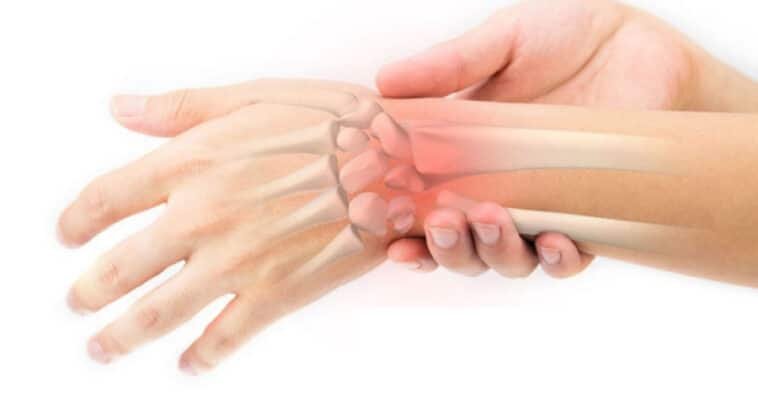It’s not an easy task to guess whether you have a broken wrist or a sprained wrist, because the tiny region of the body has a total of 8 radiocarpal bones, 2 antebrachium bones, nerves, muscles, vessels, and ligaments all crammed together. When diagnosing a joint wound and understanding how to go on with care, this may make things sound unclear.
Do I have a fractured or sprained wrist?
Ultimately, after an imaging prescription from the specialist, the one process to determine the exact kind of damage you have suffered is. Despite which form of injuries you have suffered; rest and bulging treatment are the most critical first steps. The more significant problem occurs when signs are more dangerous or whether signs are light to average failure to occur. For proper healing and regeneration of stability, both of the moderate sprains and breakage would most likely need complete rest for 6 weeks or maybe longer.
What to Search For
You should start home medication if signs are light.
Motion spectrum
The orbit of movement limits is familiar with the discomfort and bulging of the wrist. The orbit of movement of the wrist is more affected with grade III sprain. If fracture or breakage is suspected, the range of action can be reduced for up to 6 weeks using a Splint or a Brace to allow proper healing. Splint and Brace is a medical supply which you can get online.
Ache
Aching is not an ideal way to distinguish between fractures to the hand. Based on the severity, all wrist accident and sprains can extend from moderate to extreme signs of discomfort. The most debilitating cases appear to be a category III wound and radial distal breakage. Buying medical equipment online, such as a brace or splint, which is a medical supply, is a good option with a fractured or sprain.
Straightness
The deformation of the damaged bones is one symptom of a breakage. There is a fair risk that you have a fracture if the thumb seems to be malformed or there is a new bulging in the injured region. Fractures, though, can also happen without displacement as well.
Bruising
For any wrist injuries, signs of bleeding are typical. More extreme bulging is usually a sign of a complete wrist ligament rupture or a fracture, as with the other signs.
Related Fractured & Sprained Wrist Wounds Styles
In the wrist, multiple connective tissues can get damaged when you experience an impact fracture or step inappropriately.
Sprain
Overextended one of the ligaments causes a wrist sprain. There are 3 accident rates to look at:
Sprain rates:
- Grade 1:
Ligament stretching without any ripping results in moderate discomfort, bulging or bruising symptoms
- Grade 2:
With potential complications with dysfunction and significant effects, a partial loss in many ligaments is incurred.
- Grade 3:
Total ripping of many ligaments, resulting in considerable weakness and severe effects.
Wrist Fracture Distal Radius
The Distal Radius is the finishing point of the antebrachium bone that circulates within the ulna and wrist bones. A fall on an outstretched hand also happens at this popular fracture site. Symptoms cause extreme discomfort, bulging, bruising, senselessness, difficulty moving the thumb and fingertips, tenderness under the joint of the wrist itself, and potential wrist deformity.
Scaphoid Fracture of the Wrist
Most of the small bones found in the wrist itself are the scaphoid. It is Placed just below the thumb with a fall or substantial impact on the hand; this fracture site is very familiar. Symptoms include pressure right below the wrist, bulging, and tenderness. This tiny bone has no good source of blood and will need to be checked carefully to prevent potential injuries due to inadequate healing.
Whether to See a Doctor
Visit a doctor if you find either of these symptoms:
- Serious to extreme discomfort
- Feelings of wrist volatility (at rest, or with movement)
- Substantial bulging and bruising
- The disappearance of control of the wrist and hand
- The forearm or hand deformity
- During the operation, hearing a big crack or popping sound
- Pressure in the wrist and hand with the senselessness, mild current, or stabbing
- Ongoing conditions that are not changing with rest and rehabilitation
It’s still better to seek medical consciousness if you do not confirm the conditions or injuries. Please pay careful attention to your signs from there, and permit them to lead you through the process of healing.
This post was created with our nice and easy submission form. Create your post!




